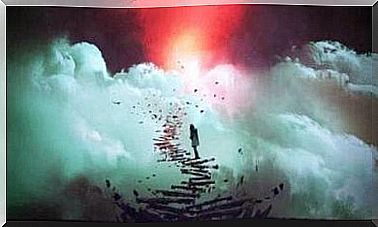The Bystander Effect, When No One Helps A Person In Distress

Several years ago, a young woman was stabbed in the middle of a street in a residential area of New York. The young woman died as a result of the wounds caused by that knife. Although this does not happen often, the news received little attention from the media. However, shortly after, the so-called bystander effect captured all the attention of the press.
What had happened? Well, the flip side of the case is that at least 38 witnesses had witnessed the murder and none intervened to try to prevent it. The criminal took more than half an hour to murder the young woman, Kitty Genovese. What is really surprising about this case is that no one helped the young woman. None of the 38 witnesses even called the police. Everyone watched but none helped.
When the reasons for this lack of help were sought, they spoke of “decaying morality”, “dehumanization produced in an urban environment”, “alienation” and “existential despair”. However, there were other factors involved that had been overlooked.
The bystander effect
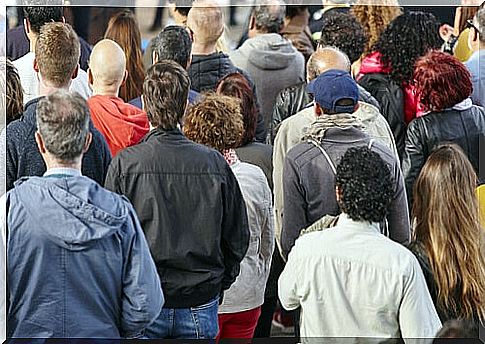
Why didn’t anyone help Kitty Genovese?
A person who witnesses an emergency situation such as a stabbing or murder is in conflict. There are ethical and moral standards to help the victim. However, there are also rational and irrational fears about what might happen to the person helping.
Behind all this is the fear of physical harm, participation in police proceedings, public embarrassment and other unknown dangers. And it is that in certain circumstances, the norms that favor the intervention can be weakened.
A factor that contributes to this is found in the presence of other spectators. In the case of young Kitty Genovese, every viewer knew that there were more people watching the terrible crime. However, no one knew how the others were reacting.
Thus, the responsibility to help is diluted among all observers. Potential blame for not intervening is shared, and they may even have thought that someone had already been able to help the victim, even if they did not see it.
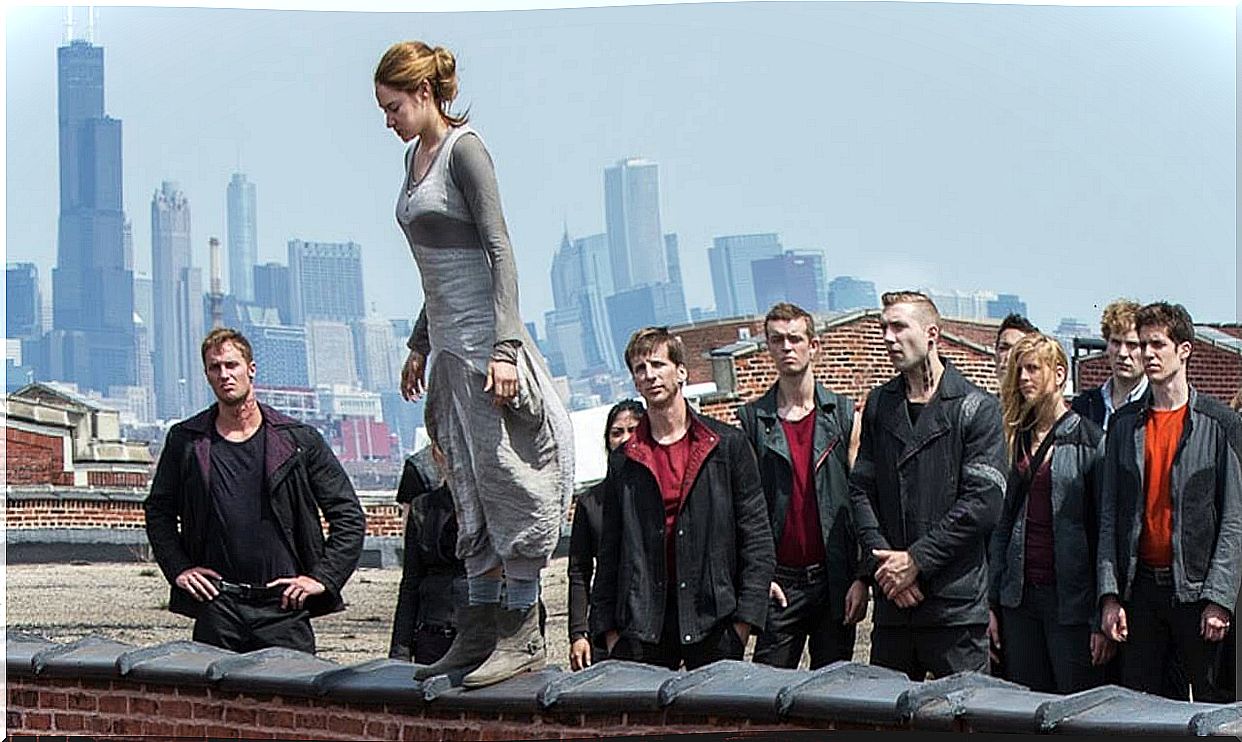
The bystander effect does not occur in the presence of a single person
If an emergency occurs and only one bystander is present, then help can only come from that person. Of course, he could choose not to help, but any pressure to intervene is focused solely on him. However, when there are several spectators present, the pressures to intervene are shared among all. As a result, no one helps.
Another possibility is that the potential blame could be spread among observers. There is evidence to the contrary that the moral behavior of the individual is separated from considerations of punishment or personal reward.
It is reasonable to assume that in circumstances where responsibility lies with a group of people, individual punishment or blame is slight or non-existent. That is, “everyone could have acted, so I am not to blame for not having done so.”
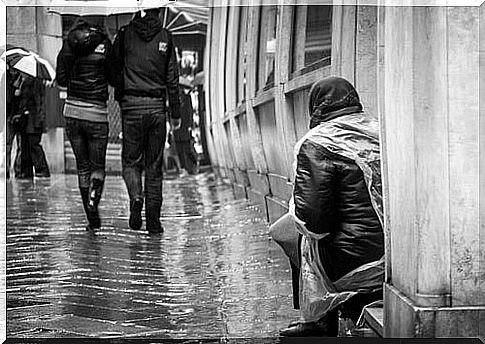
Maybe someone has already helped without knowing it
Let’s imagine that there are other people present in the emergency situation but their behavior cannot be observed. So either of them could assume that one of the others is already taking action, is already helping.
This also dilutes liability because the observer’s intervention could be redundant or even harmful. Therefore, in a situation where there are viewers whose behavior cannot be observed, another viewer may rationalize his inaction because “someone else must be solving the problem.”
The more people who observe the emergency, the less likely someone is to help
These data lead us to hypothesize that the more bystanders observe an emergency, the less likely or slower any of them are to provide help. The bystander effect is cruel, but it is a reality.
How could this hypothesis be proved? To test this hypothesis, an emergency situation would have to be artificially created. Each person should not have communication with the others to avoid having information about their behavior.
Finally, this experiment should allow evaluating the speed and frequency of reaction of people in the emergency. There are experiments with these conditions that confirm the hypothesis.
The spectator effect can be found in multiple situations in everyday life. Sadly, the phenomenon of bullying is currently on the lips of many. Why does no one help the bullied child? This theory could explain it, at least in part, since one of the factors that perpetuates it is the silence of the observers.
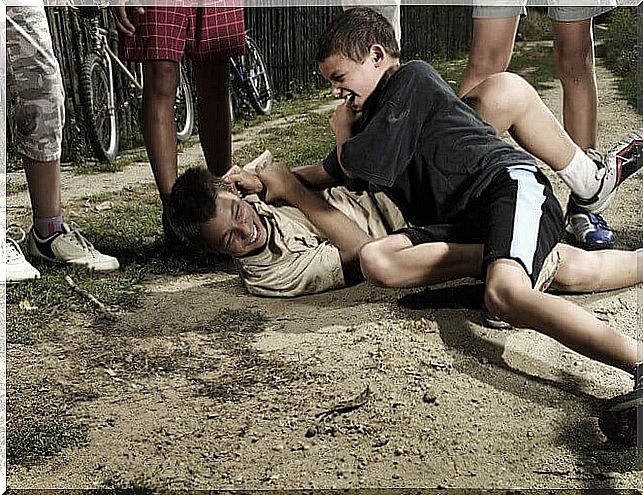
We can also see the bystander effect in many companies or organizations. It is not uncommon for wage or working condition injustices to occur. Well, the bystander effect could also explain why no one does anything to remedy it.
As we can see, the bystander effect began to arise as a result of the murder of Kitty Genovese. People do not help in emergency situations or are less likely to do so if several witness the event.
Responsibility is diluted among all the spectators and, sadly, there are several factors that explain this phenomenon and that, when we act as part of the social mass, it is difficult for us to change.
Bibliographic references




